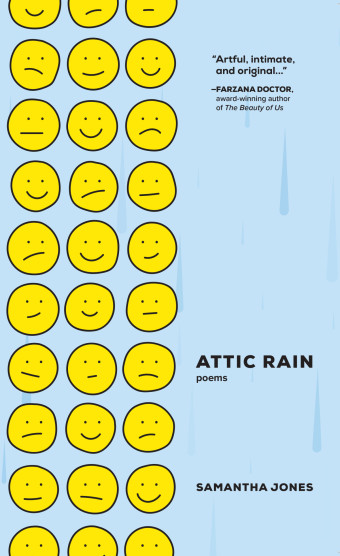“Behind this through the middle and out the spine / is the treaty.”
Matthew James Weigel’s debut book of poetry weaves itself around and through words, interrogating spaces beyond the page, and text.

- Whitemud Walking
- Matthew James Weigel
- Coach House Books
- $23.95 Paperback, 144 pages
- ISBN: 978-15-52454-41-1
Whitemud Walking explores the interactions between self, community, lands impacted by treaties, all the while shaping the spaces between, and extending from them.
Centred in Whitemud Creek, Alberta, the book entwines maps, historic records, and archives to paint a “paratext of Treaty 6,” and in turn, a nuanced understanding of the relationships the numbered treaties recount.
“It’s about walking along a single small stretch of Whitemud Creek that flows into the North Saskatchewan River. Everything can be connected to that: every bit of policy since treaty, every archival entry, every street corner, and every heritage building,” Weigel shares.
How Weigel represents this relationship is fascinating and impactful, reframing our view by guiding us well beyond the text of those documents.
Weigel sculpts the spaces around the treaties, enlisting the margins and negative spaces with precision. Engaging with historic text and image, Whitemud Walking “really ask[s] you to think about the object that you’re holding and to consider how the land is holding you back,” Weigel explains.
Throughout the book, glimpses of the protagonist’s journey through Canadian archives reconnects for us the personal and individual impacts that treaties have. Here the poetry shines, representing the living and personal as necessary, opposing a “state’s move to historicize and archive the treaty relationship, [and] what becomes of the details of the treaties are what the state says they are,” Weigel notes.

Unique visual cues left in the archived documents and images tell of a researcher’s search. For those impacted by numbered treaties, especially Métis people, acknowledging the images and words beyond the text, and the impacts that grow out of it are affirming.
Whitemud Walking is a skilled weaving through history and context to unsettle Canadian notions of boundary between past and future, national and individual, land and community. Whitemud Creek, Alberta, is the central knot for all threads, an investigation that “kept coming back to me standing on this little island in the middle of a creek, staring at the water,” Weigel explains.
The text of our lives and current relationships are the bleed-through of a page we’re not supposed to see, or the words of an inverse side peeking through. These deftly add a greater dimension to the words.
The added shape is also one of interaction with its reader, and the land itself: “We all share a relationality to the land, but everyone does so in unique ways. So, I think that unique and unknown reaction [...] is waiting there, ready for the reader to experience it as they come to it,” Weigel says.













